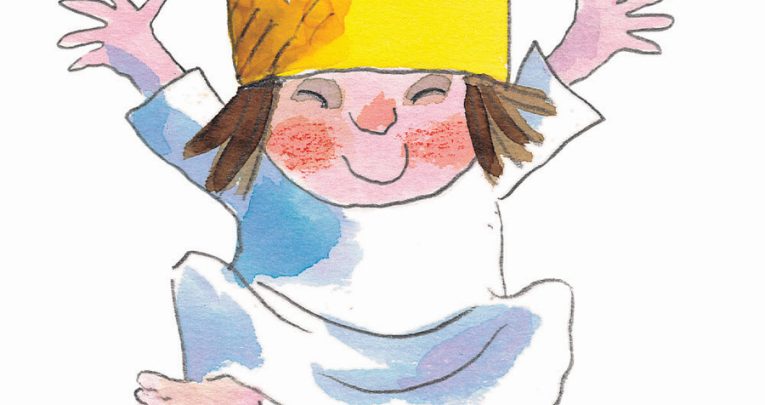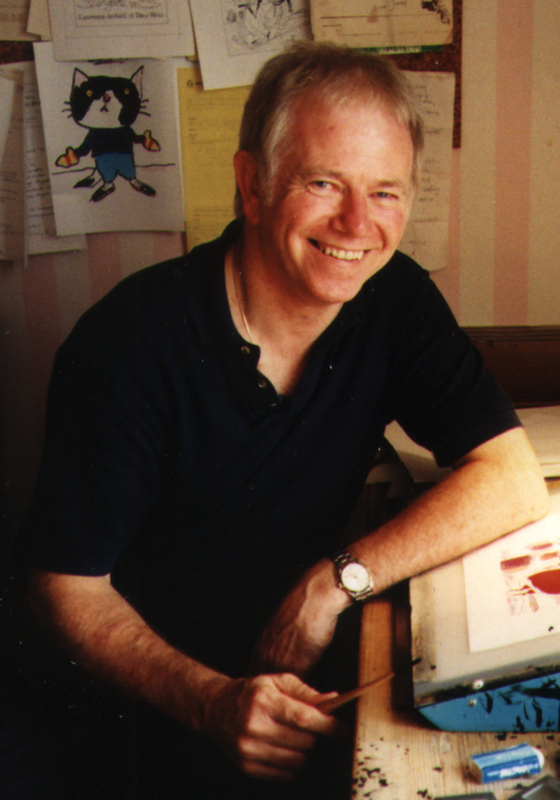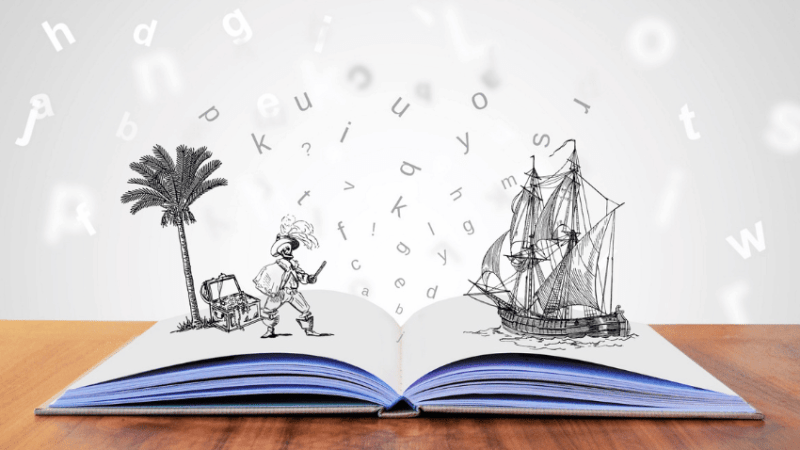“Illustrators are even-tempered, civilised creatures; the authors are usually stark staring mad!”

As the illustrator behind Horrid Henry and David Walliams’ cast of fictional characters, Tony Ross knows that creative writing often starts with creative artwork…

- by Tony Ross

If children are writing a story, asking them to do a drawing of the central character can be a great way to start the creative process.
Don’t stop with made-up stories either – it works for non-fiction projects too. Drawing a portrait of a figure from history is a great way to bring a character to life, and to get children thinking about what she was really like. You can tell a lot about a person from the way they stand, what they like to wear – whether they are smiley or generally frowning. I have been an illustrator for over half my lifetime, and this is a process I have to address every day. Usually, I am given my characters by kindly, sometimes eccentric children’s authors. (You see, all illustrators are even-tempered, civilised creatures, but the authors are usually stark staring mad).
All stories revolve around dead (on the page) characters. It is the craft of the writer that breathes life into them, and then if the book has pictures, these reveal to the world what the character looks like, as well as how they feel. David Walliams, being an actor, has a natural aptitude for creating characters, and ‘draws’ them in words in a most graphic way. All I have to do is draw lines around his ideas.
However, he does like to see character sketches first, because like most authors, he has strong views about what his babies look like. So, between the two of us, we edge towards what you see in the books. Those characters have bits of both parents in them. I hope this gives you an understanding of the important relationship between writing and drawing.
No two characters are alike
I am surrounded by made-up characters every day – admittedly, mostly my own. However, when I venture out, I see many more. For instance, as a judge for the Klaus Flugge Prize for outstanding debut illustrator, I was confronted by hundreds of recently invented characters. The winner was Nicholas John Frith for his book Hector and Hummingbird. These are two more characters, and to see them beautifully drawn on the cover was seductive enough to make me want to open the book immediately. Have you ever thought why, out of billions of books, no two characters are alike? How does that happen? By realising that no two people are alike!
Even identical twins differ in some way, often in their personalities. Before I draw, I need to know all about the character, and that’s a good trick for children to learn too – make a list of the five most important things about a character, which could include anything from favourite shoes, to hairstyle. Horrid Henry is a series with many books and umpteen characters. Each character had to be different to avoid visual confusion, so creating each one was a bit like casting a film. The writer [Francesca Simon] told me what a character was like, and I had to supply a drawing that both fitted that description and was recognisable amongst the others in the story. Henry’s shock of hair and his hooped jersey were devices to make him recognisable on every page, from every angle.
Think pantomime!
When I give characters faces I think pantomime – I like to exaggerate. If a character is evil, he must look verrrrry evil. If she is French, she must look very French. If it is from outer space, it must look very out of space. Well, you get the idea. This area of exaggeration is tremendous fun for me; it’s the best bit. Nothing is too sweet, nothing is too scary! There is one word that is the basis for any story ever written and any picture ever drawn; that wonderful, beautiful, useful and often-misunderstood word…’creative’. Writing or drawing, the most important thing is that you are creative – and that you enjoy it!
 Tony Ross has illustrated over 3,000 books for authors including Michael Palin, David Walliams, Enid Blyton and Shakespeare
Tony Ross has illustrated over 3,000 books for authors including Michael Palin, David Walliams, Enid Blyton and Shakespeare
Hector and Hummingbird is published by Alison Green Books, an imprint of Scholastic Children’s Books









